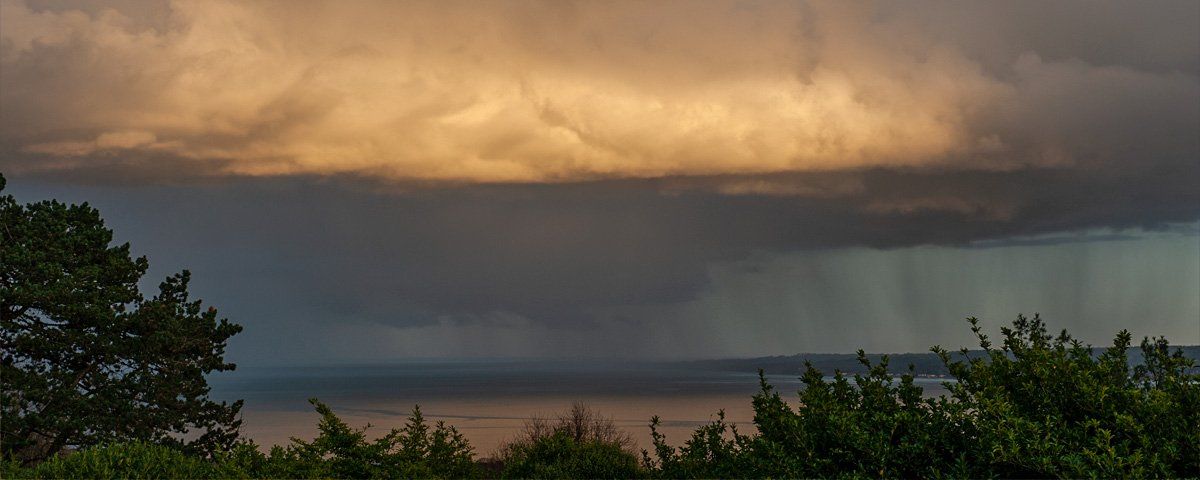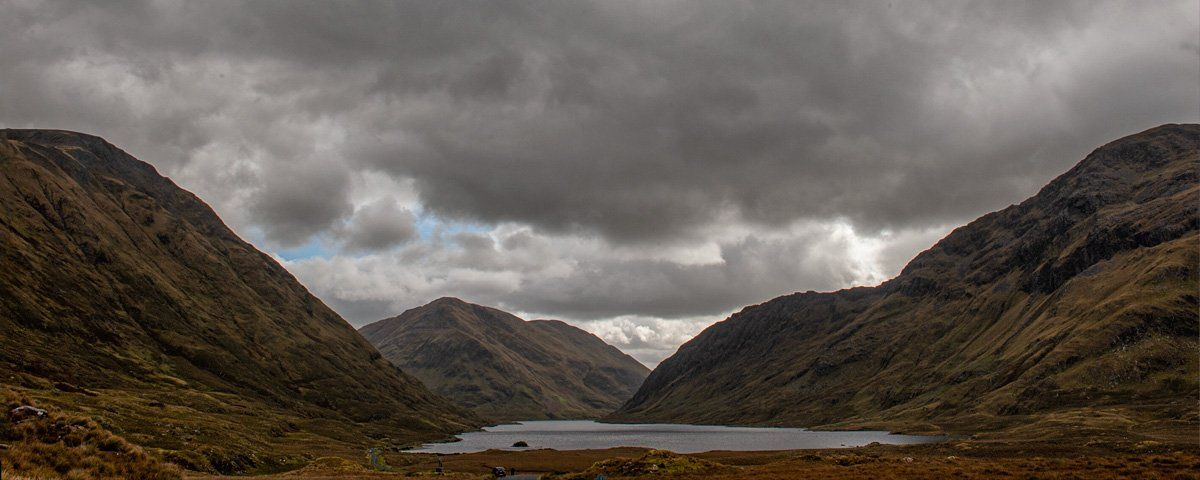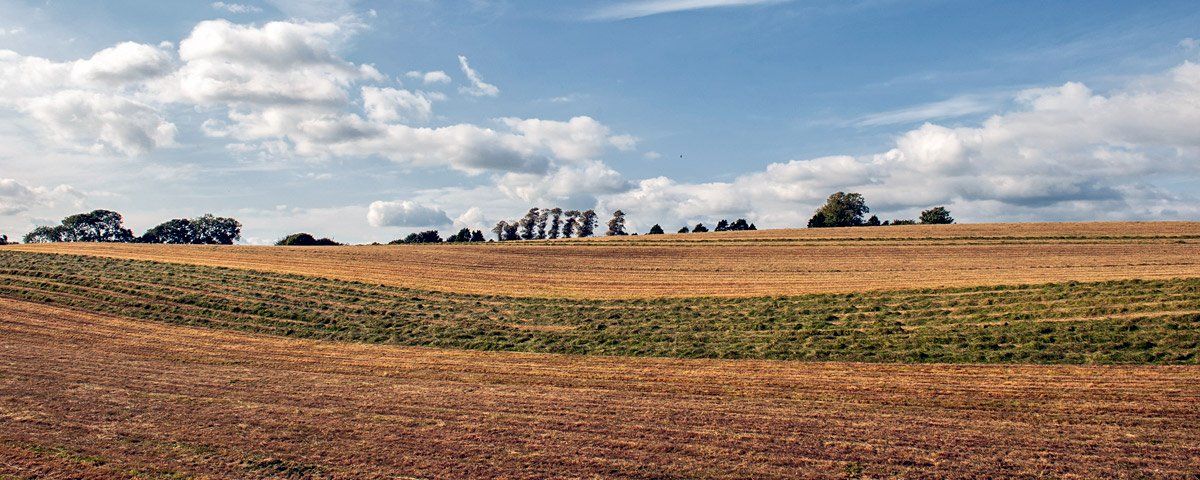Plantation of Ulster
After the attempted invasion of England by the Spanish Armada in 1588 and following events, Queen Elizabeth realized that Ireland was the weakest part of the kingdom which could easily be exploited by her enemies in Europe. A fact demonstrated by James II during the confrontation with his son in law, William III in 1690. At the time the Gaelic lords were openly and secretly organizing against her rule in Ireland, a fact emphasized by the following proclamation issued against Sir Hugh O’Neill who had spent six years in the Royal Courts of London as Baron of Dungannon and was thought of as being loyal to the Queen:- “The Queen made Hugh O’Neill known as ‘The Great O’Neill’ a noble earl.
She gave him more than any other earl in Ireland. She gave him allowances every year. Every time he visited London, she gave more land to him and his heirs. Yet he broke away from her. He has killed her subjects. He has persuaded O’Donnell. Who was loyal, to be part of his rebellion? He has set himself up as Prince of Ulster. He has forced and coaxed the other Ulster chiefs to take part in his rebellion. He has been in touch with her enemy Spain. The Queen is now preparing her armies to capture this great traitor.” With several failed attempts to pacify the situation with armies, the English changed strategy and built a series of forts around the southern edges of Ulster, this forced the Gaelic lords to attack which put them in a less favourable position.
Eventually, this strategy gave the English the upper hand. O’Neill had gained the support of Spain who sent troops to support his cause in Ireland. They landed at Kinsale, County Cork and prepared to defend it against the English forces until an army arrived from Ulster under the command of O’Neill and O'Donnell. The English under Mountjoy intercepted, engaged and defeated this army at Kinsale in 1601, which forced a retreat back to Ulster. The Spanish could not hold out against the English, a deal was done allowing them to return with their army to Spain. Mountjoy continued with a scorched earth policy in Ulster, destroying crops and resources in an attempt to force O’Neill out of hiding and into an attack to defend his claimed lands or surrender.
O’Neill and his allies fought on in Ulster until they were finally defeated by Mountjoy at Omagh in 1602. Although free, O’Neill knew he had been severely weakened by the conflict. The English also knew that O’Neill free in Ireland was always going to be a problem. The Queen agreed that negotiations could be entered into with him and a meeting was arranged in County Louth on 29th March 1603, which led to the 'Treaty of Mellifont' being signed. This effectively saw O’Neill plead for a pardon on his knees before Arthur Chichester the Lord Deputy of Ireland and swear allegiance to the Queen. The signed treaty also brought in new sweeping changes to Ireland which in themselves sowed the seeds for further conflict.
English law was to replace the Gaelic Brehon law, English would be the official language, the earls were no longer allowed to support the Gaelic bards and Catholic colleges were banned. The sweeping changes meant an end to Gaelic rule in Ireland. Elizabeth 1st also knew that the treaty would not be enough as Spain, if they wished could supply arms, support or aid any rebellion in Ireland. She realized that the planting of loyalist landowners and tenants was the only way to pacify the situation in Ulster in her favour and she made this known to her commanders on the ground. When she died in 1603 the crown passed to King James VI of Scotland, son of Mary Queen of Scots and he became James 1st of England.
The treaty was not acceptable by the Gaelic lords and it was soon broken, conflict continued in Ireland between the new alliances that had been forged and those opposed to the treaty, the English found it impossible to pacify the land in their favour. In 1607, James 1st sent word for Hugh O’Neill and Rory O’Donnell to meet with him to discuss the situation, fearing imprisonment or death they decided to leave Ireland and try to get support from the Vatican and Spain. This was known as the 'Flight of the Earls' and took place from Rathmullan, Co. Donegal on September 14th 1607. In light of this, the Deputy Lord of Ireland Arthur Chichester wrote to the king. “If his majesty will, during their absence, assume the countries in his possession, divide the lands amongst the inhabitants, and will bestow the rest upon servitors and men of worth here, and withal bring in colonies of civil people of England and Scotland the country will ever after be happily settled.”
Over the next year, the lands were taken back by crown forces and other lands seized. The objective of James was to make sure the plantation worked. The plan was to settle Scottish and English settlers and establish a new order. Four million acres were mapped out. Counties Down, Monaghan and Antrim were planted privately, Counties Coleraine and Armagh were to be planted with English, Counties Tyrone and Donegal with Scots and Counties Fermanagh and Cavan with both Scots and English. A book of conditions was printed for 510,000 acres of what was deemed profitable land that was to be settled, this was divided into estates of 2,000, 1,500 and 1,000 acres which were to be leased to three different classes of planter.
1) Undertakers – English and Scottish Protestants. They paid a very low rent of £5.6s.8d. per 1,000 acres. However, they were not allowed to take Irish tenants, and they had to build fortified houses and keep men to defend them. 2) Servitors – Mainly Scots. They paid the same low rent as the Undertakers. However, if they took Irish tenants their rent was increased to £8 per 1,000 acres. 3) The Meritorious Irish – Loyal Irish natives who paid a rent of £10.13s.4d. per 1,000 acres and might take Irish tenants. All classes of planters had obligations to build stone houses and defensive works. Conditions were laid down for building towns including Londonderry and Coleraine as chartered towns, craftsmen were to be brought in, schools created and parish churches built.
It was to be not only a political success but a commercial one too with the advancing of market systems and commerce. The Lord Deputy had doubts about the success of the plantation as his advice was not carried out fully. In his eyes, leaving the selected ‘deserving’ Gaelic lords with less than a fifth of the confiscated land did not look good for the future stability of Ulster. He also had doubts that those planted had the resources to fulfil all the obligations under the plantation guidelines. County Coleraine (now County Londonderry) was put under the command of Captain Thomas Phillips after he had captured O’Neill’s fort at Toome. The same Phillips who was granted the license to distil whiskey in 1608 which Bushmills now hold.
He went to London to help persuade the London Companies to plant County Coleraine. They agreed and formed into the Honourable Irish Society, the county was mapped out and each trade or guild given a portion of the land, Philipps lands lay at Limavady. Though the plantation of Ulster brought modernization and commerce, new towns and a market system it did not pacify Ulster and many of the misgivings expressed by the Lord Deputy Arthur Chichester became a reality. Several years of poor harvests had declined the economy, the Gaelic lords were in financial difficulties many being in debt and with English creditors seeking their lands in repayment. The outcome was the planned uprising of 1641 instigated by the Gaelic lords and in reality a direct response to Protestant rule in Ireland.
It resulted in a period of civil conflict in Ireland which was fierce in Ulster, there were massacres of planters and burning of villages and towns by the army under the Gaelic lords. Brutality on both sides continued until 1649 when Oliver Cromwell arrived in Ireland with his New Model Army of 8,000 soldiers and 4,000 cavalry. In just over a year he suppressed the rebellion through brute military force, his methodology was demonstrated at Drogheda when he issued the following declaration to Aston who was defending the town.
"Having brought the army belonging to the Parliament of England before this place, to reduce it to obedience, to the end the effusion of blood may be prevented, I thought it fit to summon you to deliver the same into my hands to their use. If this is refused you will have no cause to blame me." Aston refused and the following fight left 4,000 dead in Drogheda, a similar fate was applied to Wexford where 2,000 were killed. Those that survived were sold as slaves and sent to the sugar plantations in Barbados. Eventually, the fear that Cromwell instilled through his actions and his military strategy broke the rebellion. In total, over 600,000 people died in the war between 1641 and 1650.












